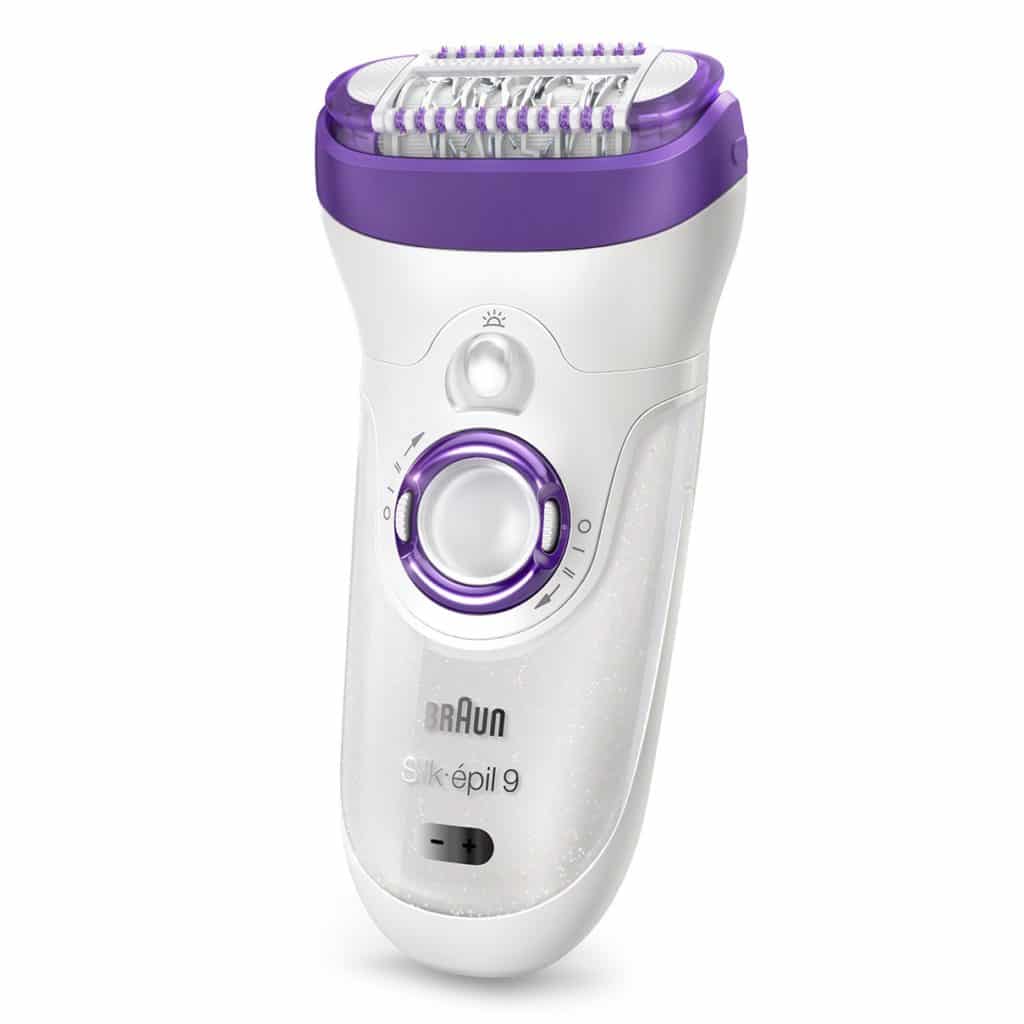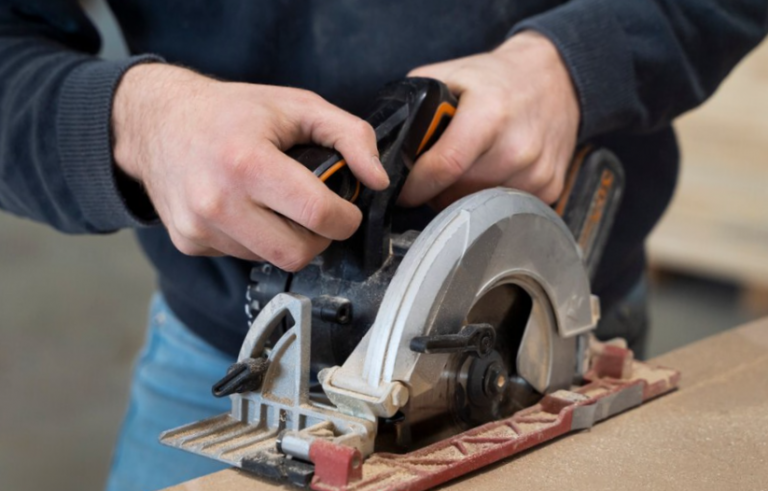It is an electrical device mostly used to remove hair by mechanically grasping multiple hairs & pulling them out. The way epilators pull out hair is just like waxing, although unlike waxing, they don’t remove cells from the epithelium of the epidermis. Epilators usually come in corded & rechargeable battery-operated designs. All battery-operated devices can be used wet & dry. They also come with various attachments.
Using Epilator can be painful to some people because, as with waxing, it involves pulling hair out of the roots. Wet & dry epilators are comparatively less painful to use as removing hair from wet skin involves less pain. If the pain is intolerable, using a numbing cream prior to hair removal will reduce the pain to some extent. Also keep in mind that if the epilator allows for setting the speed of operation, keeping it at the lowest setting may also reduce pain.
Types of Epilator:
There are three main types of epilators.
Spring Type:
The first type of Epilator was the original Epilady released in Israel, & manufactured by Mepro, in kibbutz Hagoshrim in the year 1986. The design includes a coil spring, which was bowed into a curve in such a way that the coils on one side of the spring were squeezed tightly together while on the other side the coils were completely spread apart. A motor in the Epilady rotated the spring, causing it to flex as it rotated. Moving the rotating spring across the skin caused the hairs to be caught up in the spring & pulled out the hair. Today, modern manual epilators designed for the face, that do not use a power supply. This particular design consists simply of a coil spring with 2 handles. The spring is then bowed into a curve & placed upon the unwanted facial hair whilst turning the handles causing the hairs to be caught between the coils of the springs and pulled out from the roots.
Rotating Disc Type Epilators
The spring type Epilators were commercially successful, but the springs low durability made them less than ideal. In response to this, Remington used the epilator concept from Epilady, & changed up the design slightly, using an element made up of rubber discs instead of springs.
These discs were stronger & lasted longer. The discs work in much the same way as springs though, rotating and coming together to grab hairs and pull them out & then moving apart to release the hairs. But compared to the metal coils, these discs were much stronger, lasted longer, & were less painful to use.
Tweezer type:
In this type, the rotating disc design has been refined such that, in modern designs, the plates are no longer complete discs. The head of a modern epilator includes a series of metal plates mounted in a plastic housing and the ends of the plates may be exposed at one or both sides of the housing. When the head of the machine spins, the tips of the plates maneuver together & apart once per revolution generating the tweezing effect, where the hair between the plates, when they close, is plucked as the plates rotate away from the skin, then released as the plates separate. This allows a continuous cycle of gripping & pulling, extracting & discarding the hair as the epilator is moved across the skin.
Other Types:
Wet and Dry Epilators:
Remember, corded epilators are always dry epilators. Which means they can’t be used in water. For many epilator users, it is a big deal. However, water makes epilator pain less intense. This is why so many epilators are now designed to be waterproof. These wet & dry epilator models are the corded/cordless types so that you can charge the epilators, then remove the cord to use them in the shower or bath.
Body Epilators v/s Leg Epilators
The main difference is that epilators designed for the legs usually can cover a larger area quickly & put less attention into reducing irritation & pain. Legs generally can take more pain & speed & don’t need to be handled as gently. On the other hand, Epilators designated for the body are typically designed for sensitive areas like underarms and the bikini area. They have a much smaller head to epilate a small area at a time and may have lower speeds. These days, most epilators you will find are usually for both legs & body. They also have different speeds so you can use lower speeds on more sensitive areas.
What Are The Benefits of Using An Epilator?
- Long-lasting smooth skin: It can take weeks for a hair to re-grow after Epilating.
- Suitable for the whole body: Modern Epilators are suitable for the whole body.
- Can be used in a shower: Some epilators are specifically designed for you to use them in the bath or shower, warm water soothes pain & opens pores.
- Short re-growth time: Modern epilators can remove hairs that are as short as 0.5mm which is 0.02 inches, which is so effective.
- Efficient: Some of the Epilators have as many as 72 tweezers, so they have a wide pick up range. They also pick up shorter hairs & can remove even the awkward ones lying flat against your skin.
- Cost-effective: After the initial expense of buying an epilator, which can range between $-30 to $-300 depending on the quality, you only have to pay for the energy to power its minimal running costs.
- Convenience: Just slip it discretely in your suitcase if you go away, & you won’t be left sticky or burnt after an epilating session. It doesn’t create a mess & minimal preparation is needed.
- Ease of use: Epilators have great speed so they take less time to remove hairs from the body in a very short time.
Recommended Readings
The responses below are not provided, commissioned, reviewed, approved, or otherwise endorsed by any financial entity or advertiser. It is not the advertiser’s responsibility to ensure all posts and/or questions are answered.






